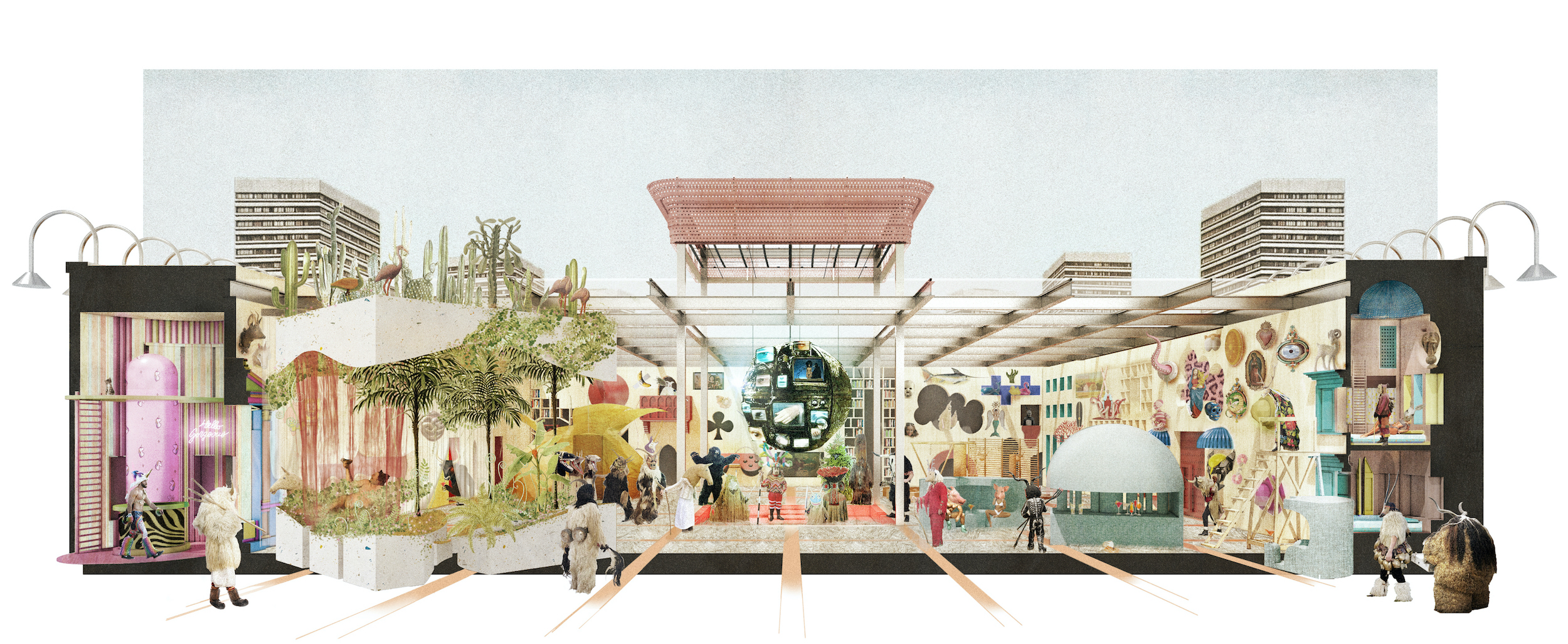Towards a new domestic habitat
research project | 2020
Our essay "Abitare oltre la pandemia: verso un nuovo habitat domestico" was published in the last issue of “GUD – A magazine about Architecture, Design and Cities.” Read the full text on Stefani Termanini editore website.
The search for ways of living that are always adapted to the changes in society is gaining in importance in the context of the current Coronavirus pandemic because, it is precisely the domestic confinement that has made the inadequacy of our homes to contemporary life evident.
The mixture of domestic activities with activities traditionally carried out elsewhere, puts in crisis the concepts of type, room, furnishing and dimensional standards because they are incapable of responding to the unprecedented degrees of flexibility and privacy required; the crisis of the domestic home, exhausted by individual digital devices, causes the dissolution of the spaces of exchange and conviviality of the domestic environment.
In order to react to this condition, which has put in crisis especially the inhabitants of metropolitan micro-apartments, it is necessary to think of an environment in which intimate spaces for private life, flexible spaces for collective life, technological devices and symbolic objects find a synthesis.
From traditional models of dwelling, therefore, it is necessary to recover some of the founding elements such as the wall, the room, the hearth and the piece of furniture, and transform them to give life to a device in which they interact actively with the body and the psyche of the individuals who live there. It is in the conception of this ecosystem, made up of significant spaces, vital stimuli and an alternative community, that is born a domestic model that is no longer a traditional dwelling but a habitat: from existenzminimum to existenzmaximum.
The new habitat is made up of different parts that contribute to the definition of a device that goes beyond the "Fundamental Acts" of life, to respond to people's "deep needs".
The inhabited wall: a barrier between the metropolis and the habitat that hosts intimate and private spaces, whose activities go beyond survival to generate new rituals.
The big box: a neutral and flexible environment at the service of the community.
The utensils: devices that, through a synthesis of high technology, action and symbol, allow multisensory collective experiences.
The domestic theatre: the fulcrum of collective activities consisting of a conversation pit which, combined with a scenic tower, becomes a stage for the mise en scène of the life of the habitat.

TEAM
Andrea Anselmo
Gloria Castellini
Filippo Fanciotti
Giovanni Glorialanza
Boris Hamzeian
Andrea Anselmo
Gloria Castellini
Filippo Fanciotti
Giovanni Glorialanza
Boris Hamzeian
